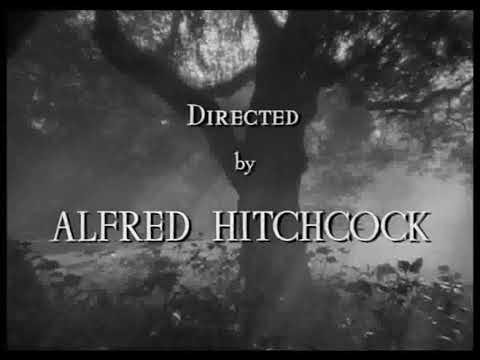The Power of Place in Storytelling
A setting is more than a container for action. It is also a shaper of action ... and an extra 'character' in the drama.
Picture a gray stone mansion on a hill. A rusted iron gate, chained and padlocked, surrounds the property. Inside, a long driveway leads to the massive structure. The house stands lifeless; no smoke comes from the chimney and the windows look shabby and neglected. Grass and moss have overtaken the driveway. Woods crowd the mansion’s edges.
With every detail, you sense tragedy and loss. That mansion was once full of love and life. Windows glowed with light, and curtains danced in the soft breeze. Inside, people ate great meals and sang into the night. A beloved matron ran the house while her husband tended to business affairs. As the seasons came and went, people played tennis and swam, picnicked and tended gardens, received visitors, and embarked on trips.
The whole history of the people—their spirit, their identity—is captured by this place. So is the tragedy that befell the household with the death of the matron and the vengeful anger of the housekeeper.
You might recognize this scene from Daphne du Maurier’s 1938 Gothic novel Rebecca (or the 1940 movie version, starring Laurence Olivier and Joan Fontaine). From the book’s very first line—“Last night I dreamt I went to Manderlay again”—we experience the mysterious power of this place.
Great stories focus on people, their passions, and their struggles. But to know people, you need to know the places of their lives. Places not only contain the characters and action but also set the boundaries and basic rules for action. The setting is your story’s “extra” character, creating possibilities and barriers, just like the flesh-and-blood characters.
Alfred Hitchcock, who directed the film Rebecca, sometimes plotted his films by first deciding the places where scenes would take place. Once he identified the locales, he developed characters and storylines to fit those places. Hitch explains:
Of course, this is quite the wrong thing to do. But here’s an idea: select the background first, then the action. It might be a race or might be anything at all. Sometimes I select a dozen different events and shape them into a plot.
Hitchcock built The Man Who Knew Too Much this way. He later recalled this thinking:
I would like to do a film that starts in the winter sporting season. I would like to come to the East End of London. I would like to go to a chapel and to a symphony concert at the Albert Hall in London.
Once he had a setting, Hitchcock figured out which characters belonged and what they would do in that setting.
Whether or not you use Hitchcock’s approach, survey all the possible locations as you develop your story. If you write about sports, consider the stadium, practice fields, locker rooms, bars, and after-hours nightclubs. If you write about the civil rights movement, start with the streets, lunch counters, churches, schools, and jails. If you write the life of a high school, think about classrooms, corridors and stairwells, pizza joints and Saturday night party spots.
Place matters. So create the settings that reveal the people’s values and the story's period.
This post is drawn from How to Build a Story, available now on Amazon.




